Sign up today and receive a 10% off coupon for your next order!
"*" indicates required fields
Sign up today and receive a 10% off coupon for your next order!
"*" indicates required fields
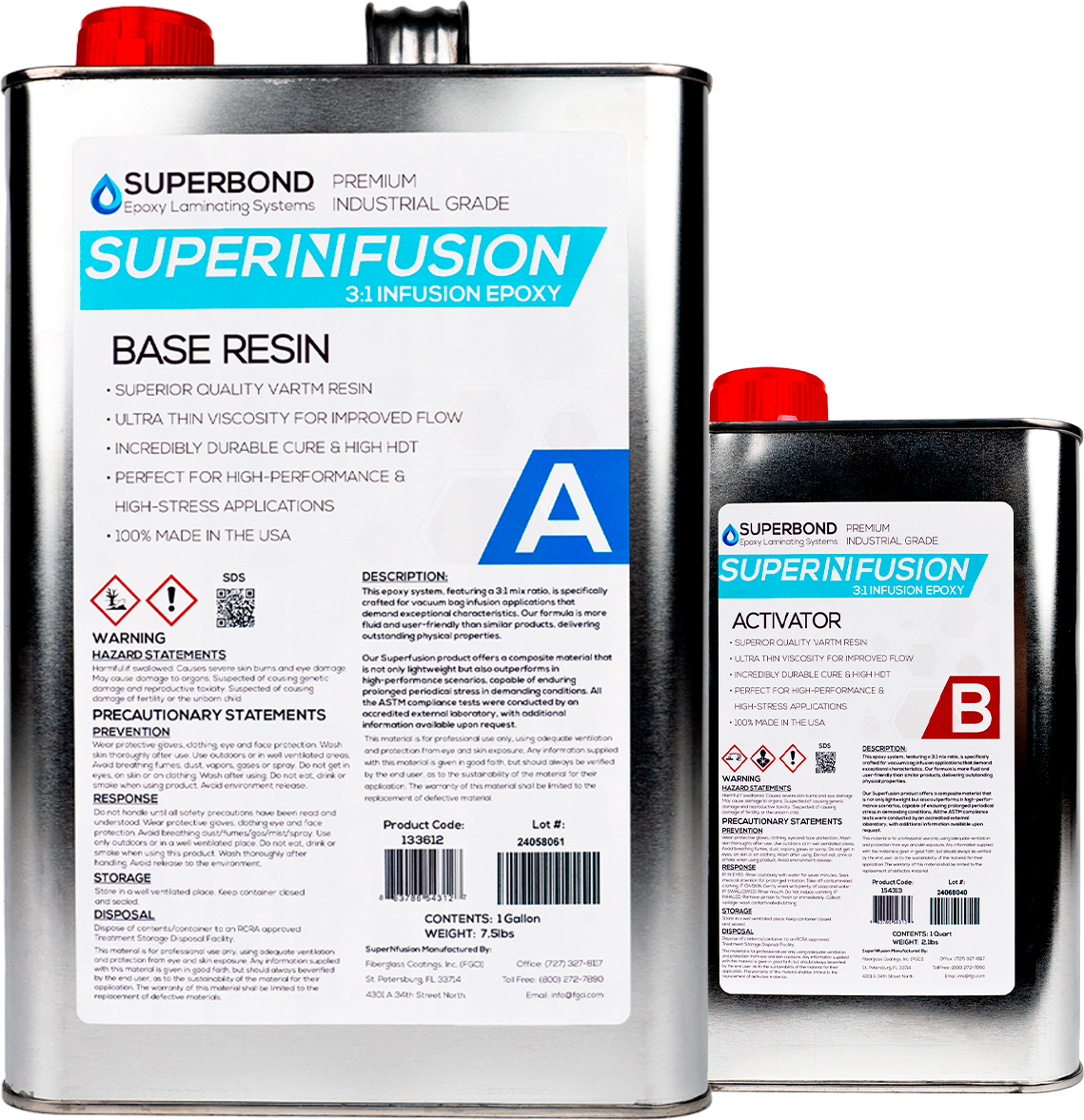
– HIGH TENSILE STRENGTH
– EXCEPTIONAL HARDNESS
– ENHANCED THERMAL STABILITY
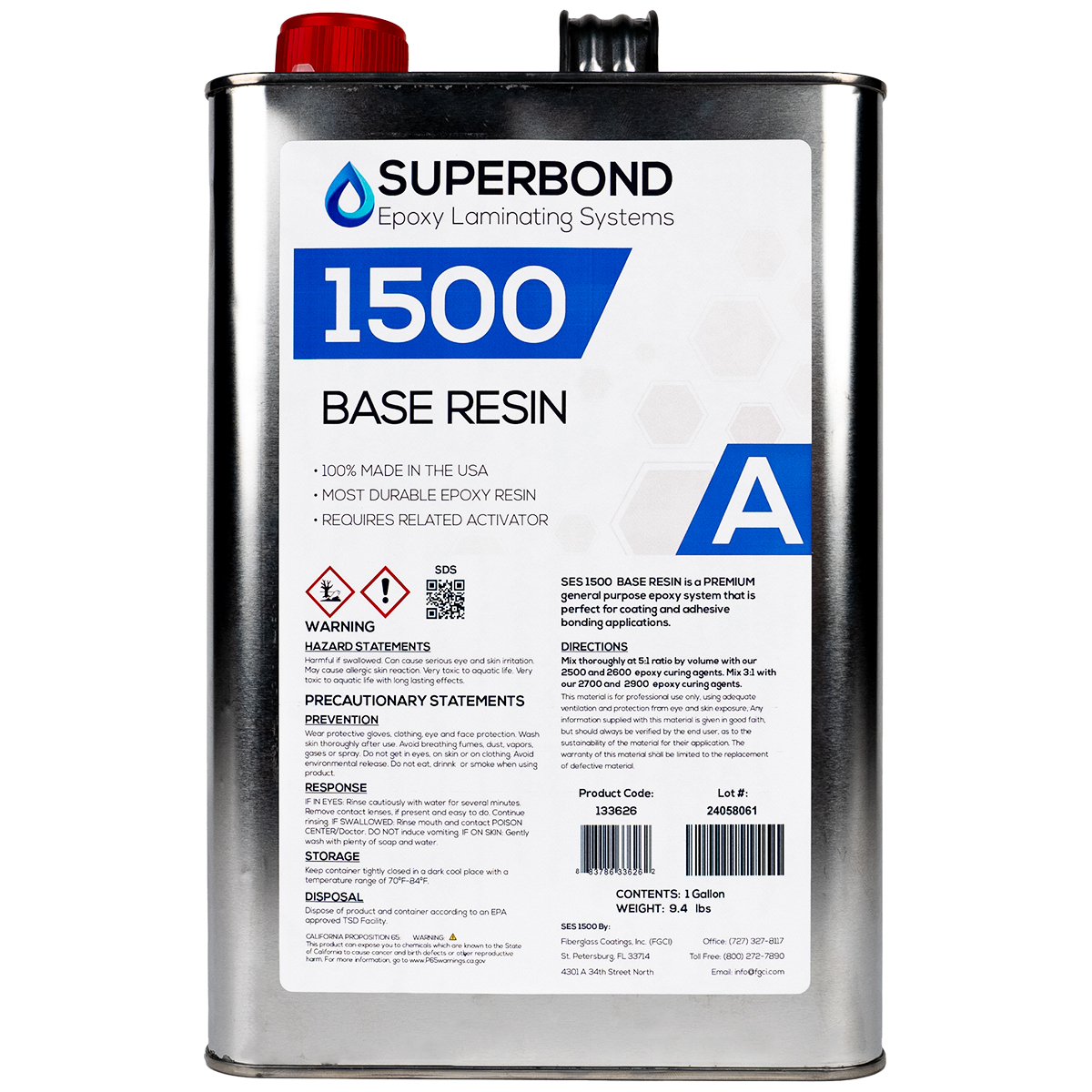
– VERSATILE APPLICATIONS
– CUSTOMIZABLE PROPERTIES
– OPTIMIZED FOR LAMINATING
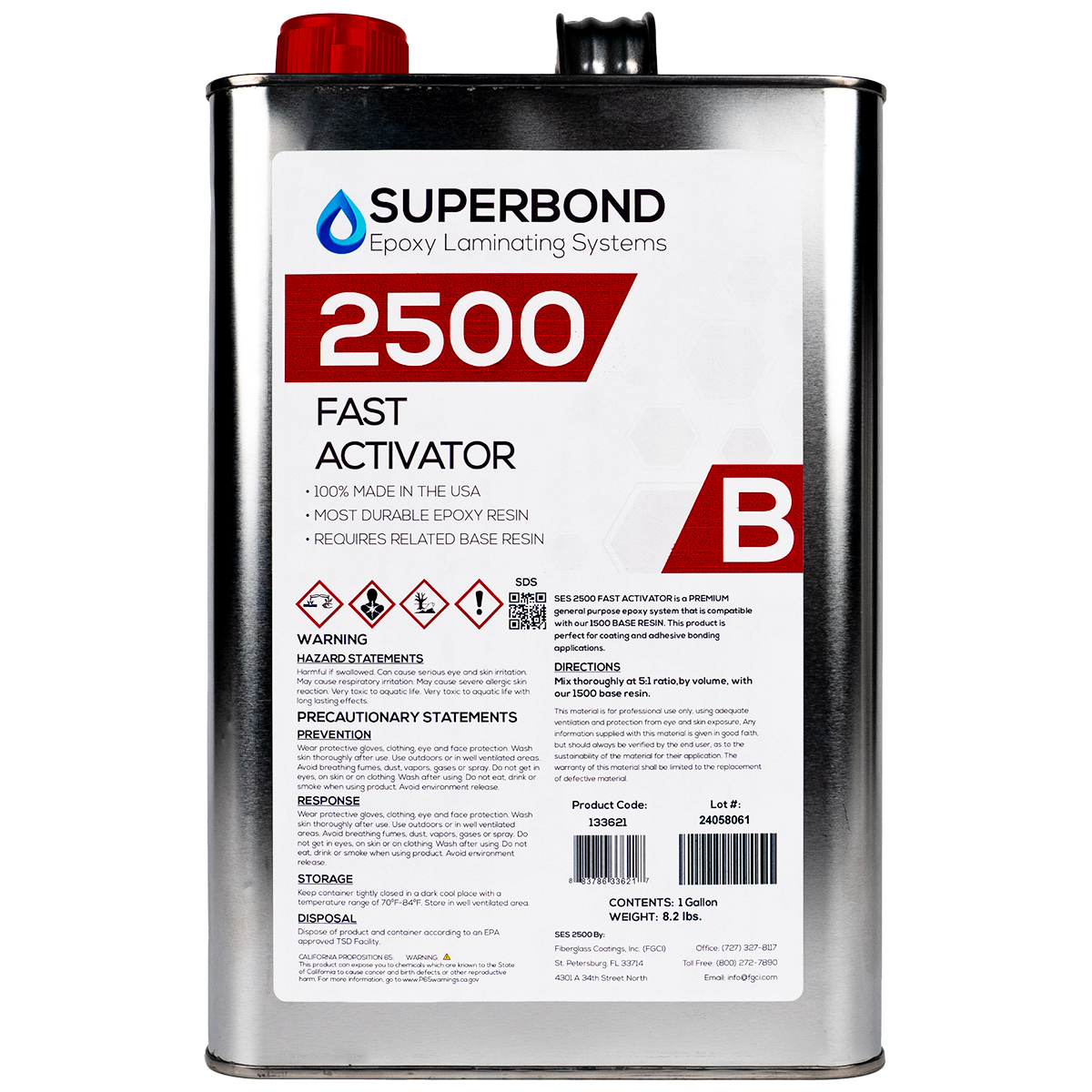
– VERSATILE APPLICATIONS
– FAST CURE TIME
– OPTIMIZED FOR LAMINATING
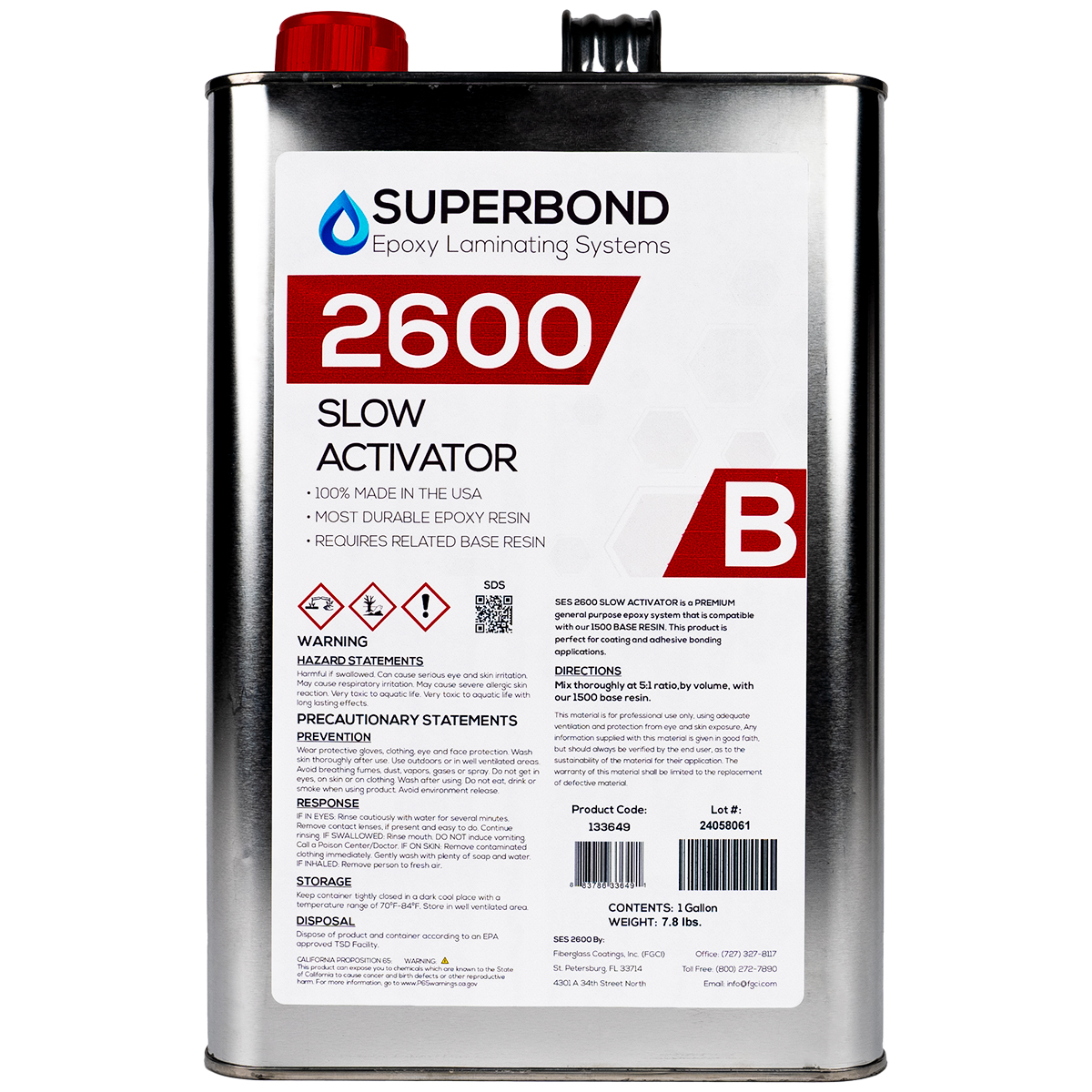
– VERSATILE APPLICATIONS
– SLOW EVEN CURE
– OPTIMIZED FOR LAMINATING
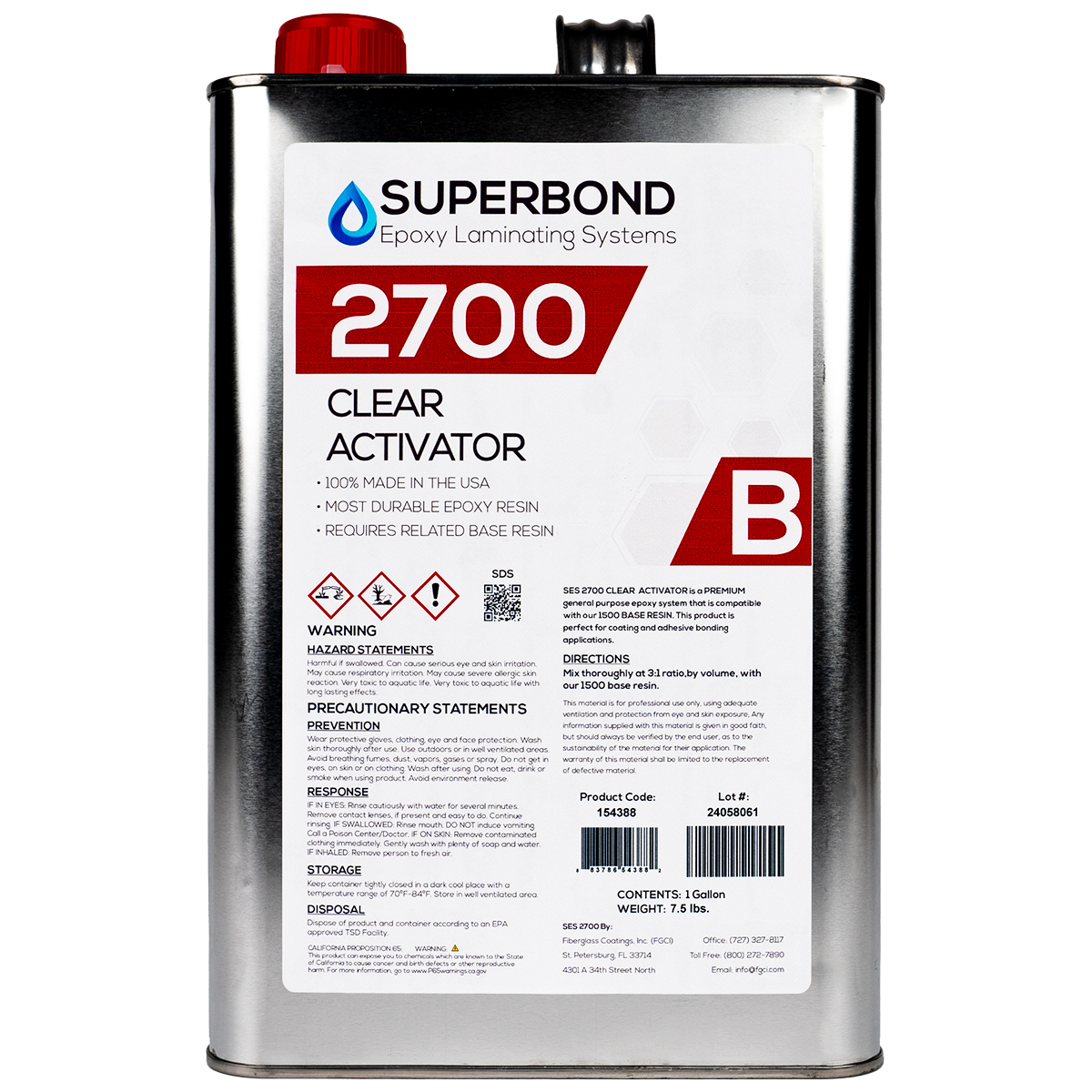
– VERSATILE APPLICATIONS
– CRYSTAL CLEAR FINISH
– OPTIMIZED FOR LAMINATING
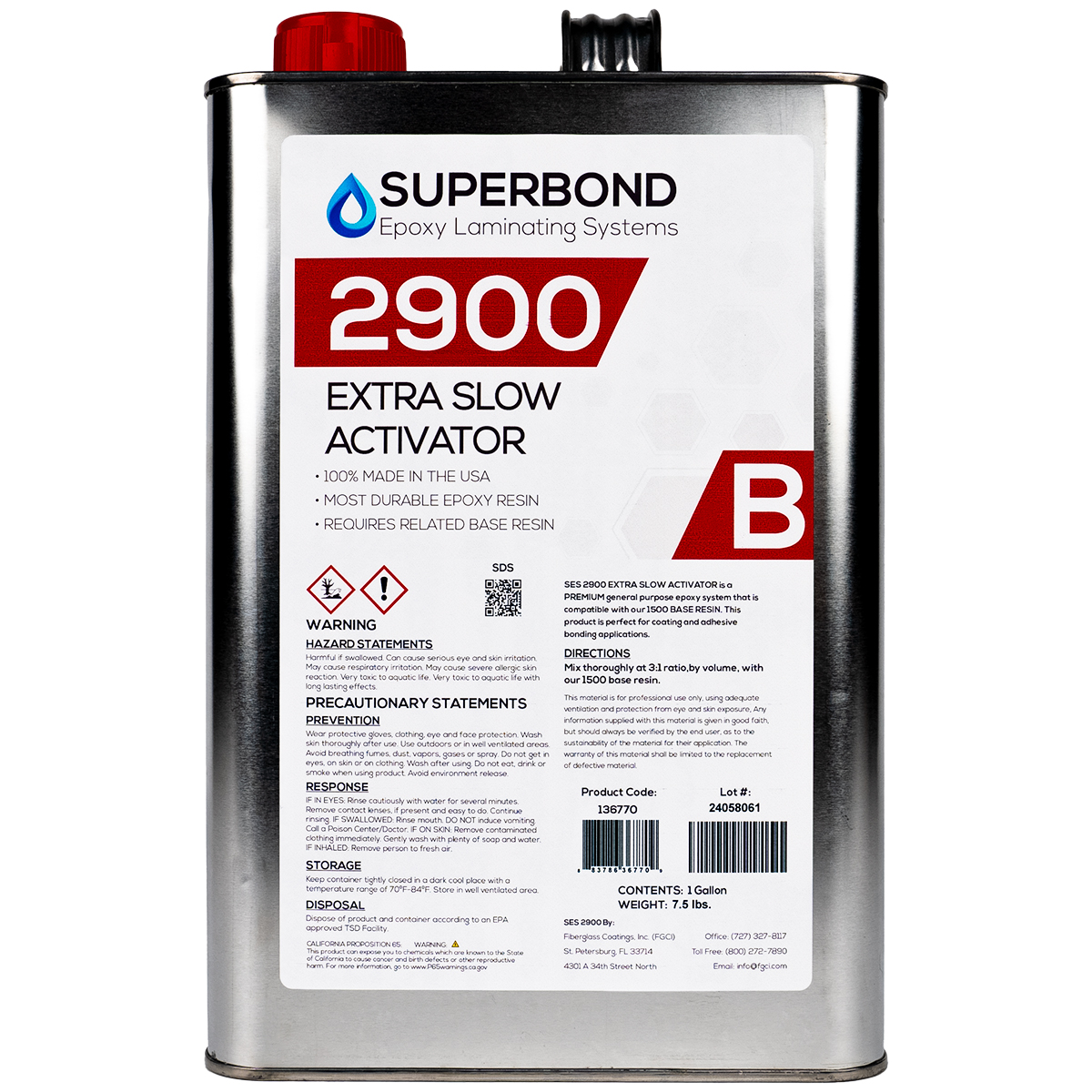
– VERSATILE APPLICATIONS
– EXTRA SLOW EVEN CURE
– OPTIMIZED FOR LAMINATING
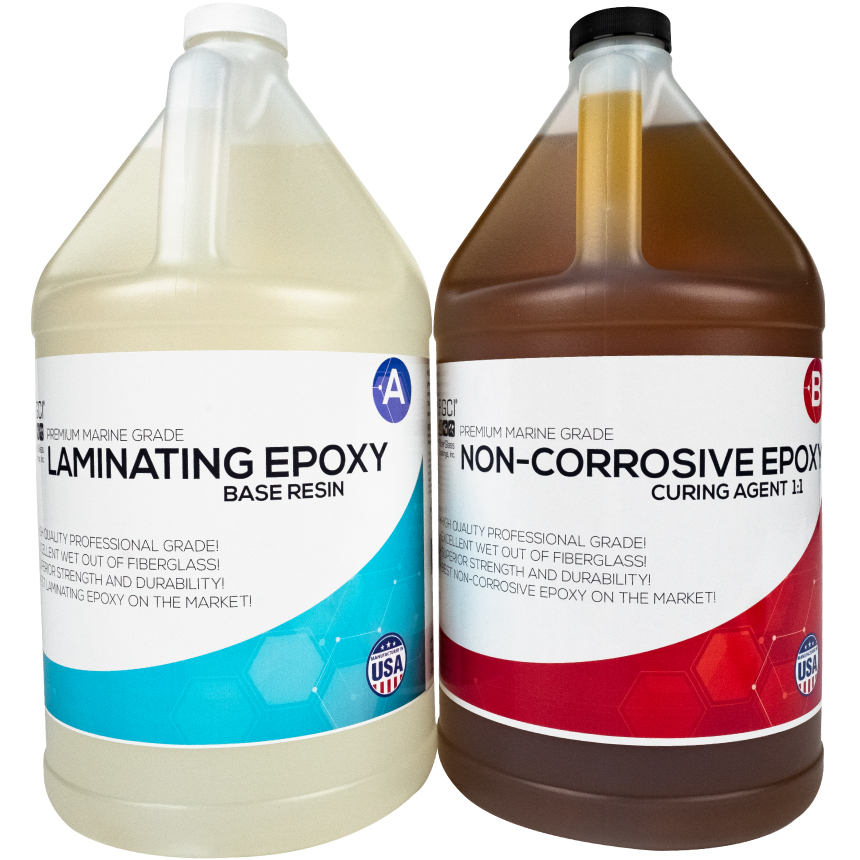
– LIGHTWEIGHT & DURABLE FIBERGLASS EPOXY
– EXTENDED SLOW WORKING TIME
– 100% MADE IN THE USA
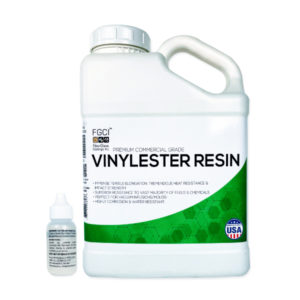
FGCI’s Vinylester Fiberglass Resin is a top of the line laminating resin with superior chemical resistance compared to our isophthalic resin, and a high corrosion resistance. Perfect for high end boats, car parts, spas and pools. This resin is long-lasting with improved strength and durability, and is perfect for both above and below the waterline.
*For Drum Quantities – please contact us via our Contact Us page.
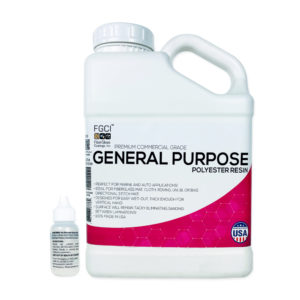
Our General Purpose Fiberglass Resin Kit offers improved anti-sagging qualities, fast wet out capabilities and is an economical option for repairs and construction for both above and below the water line. Quarts and Gallons include the MEKP catalyst. For Pail orders, MEK needs to be ordered separately.
*For Drum Quantities – please contact us via our Contact Us page.
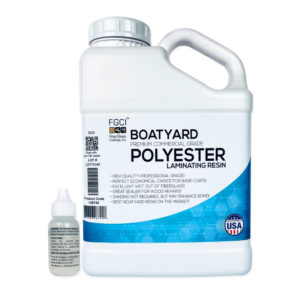
– HIGHLY AFFORDABLE RESIN
– EASY WET OUT & SPRAY UP
– FANTASTIC FLEXURAL & TENSILE STRENGTH
*For Drum Quantities – please contact us via our Contact Us page.
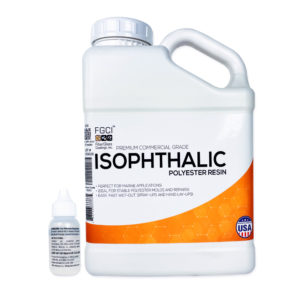
Our Isophthalic Fiberglass Resin is a big step up from our General Purpose with extremely high water and corrosion resistance, and with greater strength and durability. Yes, our Isophthalic is more expensive than our General Purpose, but this spec resin stays affordable, while giving you more value.
Compared to our General Purpose Resin, our Isophthalic polyester is superior in resistance to chemicals, corrosion, water, impact, heat, and has better adhesion to glass fibers.
*For Drum Quantities – please contact us via our Contact Us page.
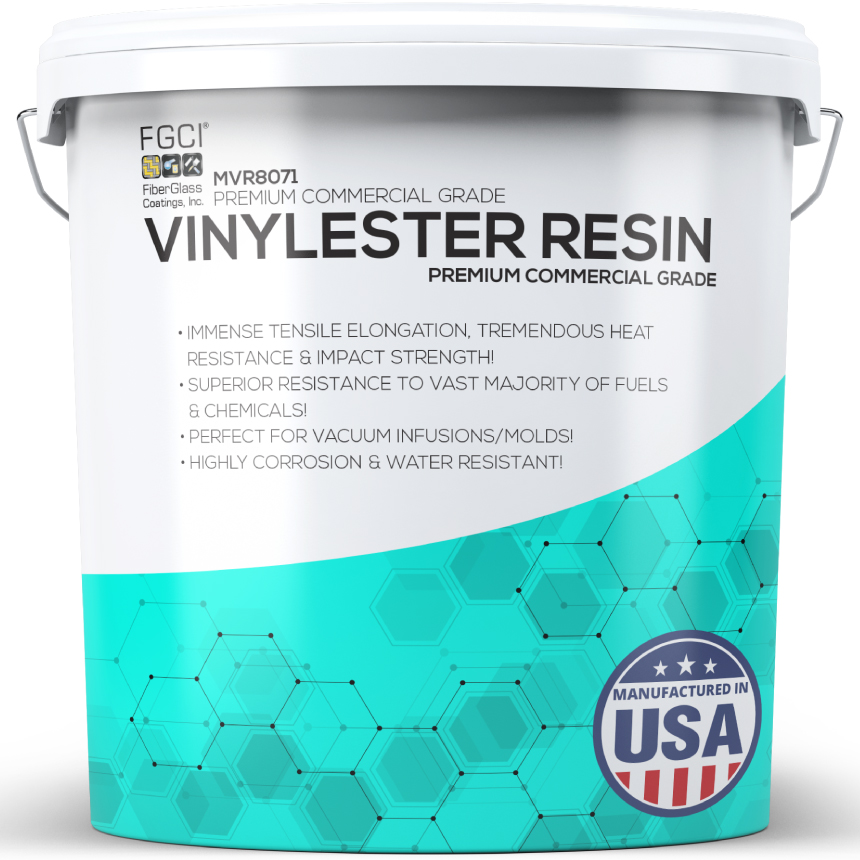
Modified Vinylester Infusion Resin makes using in a vacuum bagging or infusion setting easy with a thinner formula, longer cure time and hard laminate. This resin produces a solid, chemical-resistant finish and wets out very easily on fiberglass.
*Contact us through our Contacts page for Drum Quantities.